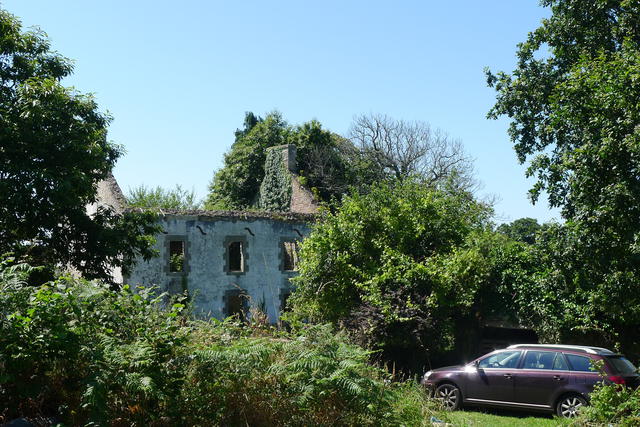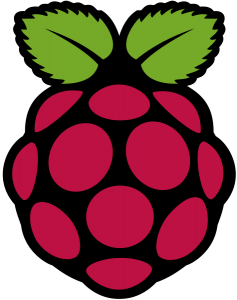Back in february I bought the camera I had had my eyes on for over a year. It was a bit too expensive to consider it seriously, but then suddenly there was a discount of 75 euros and I grabbed the opportunity. A Panasonic DMC-LX5 was finally mine.
I had been using a relatively cheap Sony CyberShot DSC-P10 camera for years, after my first digital compact, a Canon PowerShot, broke down with the infamous E18 error (which earned its own web site http://e18error.com because so many people suffered by it). The Sony camera was meant to be temporary because I did not have money for a good replacement… but the money never came. I needed a better camera badly. What I really wanted was better light sensitivity and better wide-angle.
The LX-5 offers all of that and much more, with its f/2.0 24mm Leica lens, fast power-on and AF, full metal body and a battery that should last 400 photos on a single charge. Read more about its features, strengths and weaknesses (if any) at the PhotographyBLOG. I realize that this camera is not “new”, and lots of other types have entered the market and are competing with it, but I wanted a camera that is easy to carry, enables me to point-and-shoot while keeping the possibility for manual overrides, is sturdy and offers excellent picture quality in low-light circumstances. I don’t care for replaceable lenses or GPS geo-tagging, or superzoom lenses.
I discussed cameras with collegues and friends who shoot a lot of pictures, and the outcome was that I would best by either the LX5 or a Canon PowerShot S95… the latter because it has quite similar specs to the LX5 but also because there is custom firmware for the Canon line which lets you do a whole lot more with your camera: the Canon Hack Development Kit (CHDK).
In the end I decided against the Canon, the main reason being resentment about the E18 error which killed my first digital camera 1 day after end of warranty.
Why did it still take a year to buy the camera? I guess it was the price point. But I was following several photography related blogs and my enthousiasm was fueled by viewing the results of shooting with a LX5. That basically pushed me that final step. Special mention to Juha Haataja’s Light Scrape blog! I was fascinated by Juha’s stills, his comments about his daily encounters with the world and his overall philosophy with regard to what makes a good picture.
I took the camera with me (of course) during my holiday in Brittany, France. Back home and behind a computer I could evaluate the results. At first, I stuck mostly to the camera’s defaults (using Intelligent Auto or “iA”) because I still needed to get acquainted to it (for some reason, I never took the time to get to know the LX5 during those first months that I owned it – too busy with Slackware I guess). But I quickly began to experiment, with the User Manual as a guide… luckily I downloaded that to my E-reader.
I don’t know if it is the result of my fiddling with the manual controls (or even fiddling too little) but I feel that some of the JPEGs, especially those taken in bright sunlight, seem a bit “ovet-processed”. Or perhaps that is just because I have been working with a mediocre camera for so long. I discussed this with Pat (who owns a Canon PowerShot and uses CHDK) and he suggested that I should try shooting JPEG+RAW and look what difference it would make when I do the image post-processing on my computer. So, that is what I am going to do in the next couple of weeks. I compiled an updated package of RAWtherapee, an open source RAW editor with support for the LX5’s RAW image format and I am going to play with that once I have shot a couple of RAW images.. If anyone knows equivalent or better alternatives to RAWtherapee (free software!) I would like to hear from you.
Here’s a couple of sample images from that first holiday batch (all JPEG). Let me state that I am very happy with the camera. The LX5 has a good grip, and the controls are easy to operate. The camera “radiates” quality. I could shoot pictures in awkward positions without fear of letting it slip. Its low light qualities are great, and I am curious to find out about all the possibilities of the manual controls. So far, it has enabled me to take pictures in situations where I would have failed with the old Sony. Despite my earlier comment about possible JPEG over-processing, I am impressed with the quality of the pictures.





Tell me what you thnk of them. Can the camera do better? Can I do better?
Eric
![]() My “Alien Pastures” blog will be down for two or three hours on Thursday, 27 July 2017, starting around 1700 UTC.
My “Alien Pastures” blog will be down for two or three hours on Thursday, 27 July 2017, starting around 1700 UTC.





Recent comments